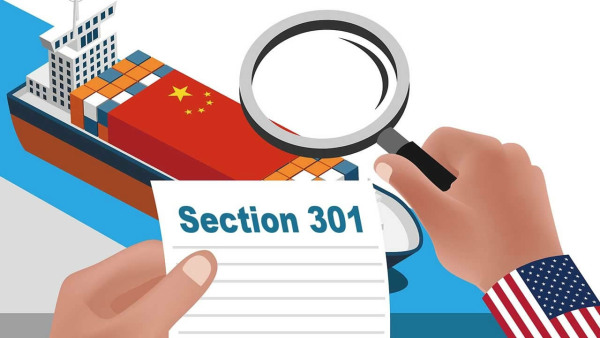President Trump has indicated that he intends to proceed with imposing increased tariffs on certain imported steel and aluminum products, which could take effect as early as 15 days after the President makes a formal decision. The new tariffs will be based upon the recommendations contained in the Department of Commerce’s (“DOC”) reports on the impact of steel and aluminum imports on national security pursuant to the DOC’s self-initiated investigation under Section 232 of the Trade Expansion Act of 1962. The Reports were issued on January 11 for steel and January 17 for aluminum products. In the reports, the DOC recommended various actions to reduce the level of imports of these products including import quotas and/or increased tariffs (see below).
The law gives the President 90 days from receipt of the Reports to make a determination on the DOC recommendations. A DOC press release states these dates are April 11 for steel and April 19 for aluminum, although the President can act sooner than 90 days. In recent comments, President Trump indicated that he will make a formal determination next week imposing tariffs of 25 percent ad valorem on covered steel products and 10 percent ad valorem on covered aluminum products. The President will then have 15 days after his determination to “implement” these measures. Implementation can consist of imposing the additional tariffs and/or quotas to begin on that fifteenth day; or negotiating agreements with trading partners to restrict exports to the United States. President Trump has indicated the tariffs would apply to all countries, which follows one of the DOC recommendations. The President did not indicate whether there would be any delayed effective dates for imposition of duties or other exemption for in-transit shipments or the like. Based upon prior Section 232 cases, it would appear the President has authority to delay the effective date (e.g., for goods in transit).
The scope of products affected by these measures presumably will be consistent with the Product Scope of the Investigations set forth in the two reports. The reports identify product scope by 6-digit Harmonized Tariff Schedule subheadings. The covered products are primarily bars, coil, plates, pipes and tubes, and semi-finished products, along with relatively few finished products. Accordingly, importers of steel and aluminum products should review the Scope sections of the reports and confirm the classification of their goods as soon as possible.
The DOC Reports recommended the following optional import measures:
Aluminum products:
- Worldwide Quota – Quota of 86.7 percent of 2017 exports on certain aluminum products.
- Worldwide Tariff – Tariff of 7.7 percent on certain aluminum products.
- Country-Specific Tariff – Tariff of 23.6 percent on all imports of certain aluminum products from: China, Hong Kong, Russia, Venezuela and Vietnam in addition to any existing AD/CVD orders. All other countries would be limited to 100 percent of their 2017 import volumes.
Steel products:
- Worldwide Quota – Quota of 63 percent of 2017 exports of certain steel products.
- Worldwide Tariff – Tariff of 24 percent on all imports of certain steel products.
- Country-Specific Tariff – Tariff of 53 percent on certain steel products from: Brazil, South Korea, Russia, Turkey, India, Vietnam, China, Thailand, South Africa, Egypt, Malaysia and Costa Rica. All other countries would be limited to 100 percent of their 2017 import volumes.
The DOC Reports recommend that the President adopt an appeals process for “affected U.S. parties” (which might include U.S. importers and manufacturers using imported steel and aluminum) to request exclusions from any tariff or quota imposed. Exclusion decisions will be based on (1) the availability of a comparable product in the United States and (2) any applicable national security concerns. Imported products that are similar to products already produced domestically are less likely to be granted an exclusion whereas imported products that are not readily available are more likely to be granted an exclusion. The DOC report indicates the product exclusion process will take up to 90 days. The specific procedures for requesting product exclusions have not yet been issued.
The duties and/or quotas to be imposed under Section 232 are in addition to any applicable regular import duties and any antidumping or countervailing duties already in effect or subject to pending investigations.
The DOC Reports, which include the Product Scope descriptions, are available at the following links:
Steel: https://files.constantcontact.com/4ea55c81401/a9295dc5-b7aa-4714-9013-21c625b711bb.pdf
Aluminum: https://files.constantcontact.com/4ea55c81401/6a73277f-c858-4273-bb30-e9e649803106.pdf
Please contact our offices if you have questions regarding:
- Product scope coverage and the tariff classification of potentially affected imports;
- Potential effective dates of the measures and determining the “date of entry” for consumption;
- Submission of product exclusion requests;
- Any other questions related to this Investigation




